Share
On Thin Ice: Exploring Daniel J. Cox’s Journey as a Conservation Photographer
Mainstream marketing has employed the cute and cuddly polar bear for decades, most famously by Coca-Cola. But as climate change has worsened and co...
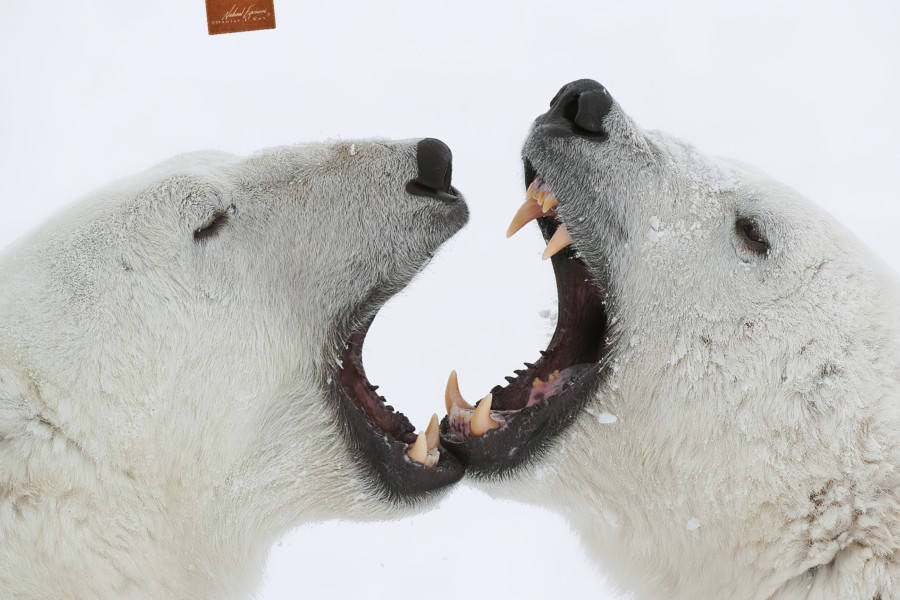
Mainstream marketing has employed the cute and cuddly polar bear for decades, most famously by Coca-Cola. But as climate change has worsened and continued to ravage the planet, these beautiful creatures have been disproportionately affected and are disappearing rapidly. As a species, their image has gone through a massive transformation: from sitting around in scarves drinking soda to starving and scavenging for food on land that was once covered in ice.
One photographer who has followed the harrowing journey of the polar bear is Daniel J. Cox. With more than 40 years of experience, he’s got two National Geographic covers under his belt, countless awards and is the Director for The Arctic Documentary Project, an organization focused on the long-term survival of polar bears. “I’m mostly known for my wildlife photography, but I like to think of myself as an explorer with a camera. Documenting nature with integrity and respect is the most considerate thing a photographer can do for our planet,” he says.
Featured as part of our Earth Day celebration here and on our Instagram, I caught up with Daniel to learn more about his work in conservation, his workflow and the gear he uses to document it all.
This interview has been lightly edited for clarity and length. Cover image by Daniel J. Cox.
PhotoShelter: Can you share a bit about your work with polar bears? When did that start?
Daniel J. Cox: My first foray into the world of the polar bear came in 1987. I was a 27-year-old kid trying to make my way in the craft of photographing nature. I had worked on black bears for several years and always dreamed about seeing a polar bear. After extensive research, I realized that Churchill, Manitoba, on the shores of Hudson Bay, was the world’s polar bear capital of the world. But at that time, the bears in Churchill had been documented extensively. I was concerned the photos would all have a similar look to those who had come before me. So I chose a place further north called Wager Bay that had a much different appearance than Churchill. I spent seven days at Wager Bay and saw one bear, shot one roll of 36 exposure film, and left almost empty-handed. I decided my next trip would be to Churchill.
The following autumn, I made my way to Churchill, where I signed on to a trip with the folks of Tundra Buggy Tours. It was my first of nearly twenty-five trips to the magical land where polar bears congregate. It was in Churchill I met my wife, Tanya, whose father had started the polar bear tourism business. I also connected with my dear friend Robert Buchanan, responsible for taking the little-known group Polar Bears Alive and turning it into Polar Bears International. And finally, it’s now the town that PBI has invested in by building a science center and a house for PBI staff. All of this is under PBI’s current CEO Krista Wright, who has taken the organization to the next level.
Churchill was the starting point of my work in the north, which has included Alaska, Norway, Greenland, and the arctic’s far northern ice pack.

What is the role of photographers and photography in conservation efforts?
DC: Since photography began, it’s been THE tool to bring viewers to the places they either can’t or don’t want to go. Whether it’s beautiful places or horrific events, capturing images to share has always been the most effective way of educating an audience in mass.
Take, for example, Yellowstone National Park. When the park was proposed, there were very few people, other than native Americans, who had even heard about Yellowstone, let alone seen it. For years politicians back in Washington were aware of the stories about the bubbling hot springs, fumaroles, geysers, and mud pots in a place known as Colter’s Hell. The stories from this unexplored land were so outlandish many back east had no faith the place actually existed. In 1871 photographer William Henry Jackson was invited to join the Hayden Geological Survey to explore the region and produce photos of this uniquely beautiful environment. The goal was to bring back photographic proof to help convince our government it was exceptional enough to be preserved. Thanks to Jackson’s black and white photographs and the colored paintings of Thomas Moran, thousands of people back east were able to see for themselves this otherworldly landscape. Those images were enough to inspire the general public to support the idea of our government creating the world’s first national park, now known as Yellowstone. With the success of Yellowstone came other parks around the US, and eventually, the idea of national parks caught on around the world. You can easily say that the photographic skills of William Henry Jackson are responsible for all national parks. For it’s well documented that Yellowstone gave the world the concept of preserving unique places. All due to International Photography Hall of Fame recipient William Henry Jackson and his 11×14 inch glass negative camera.
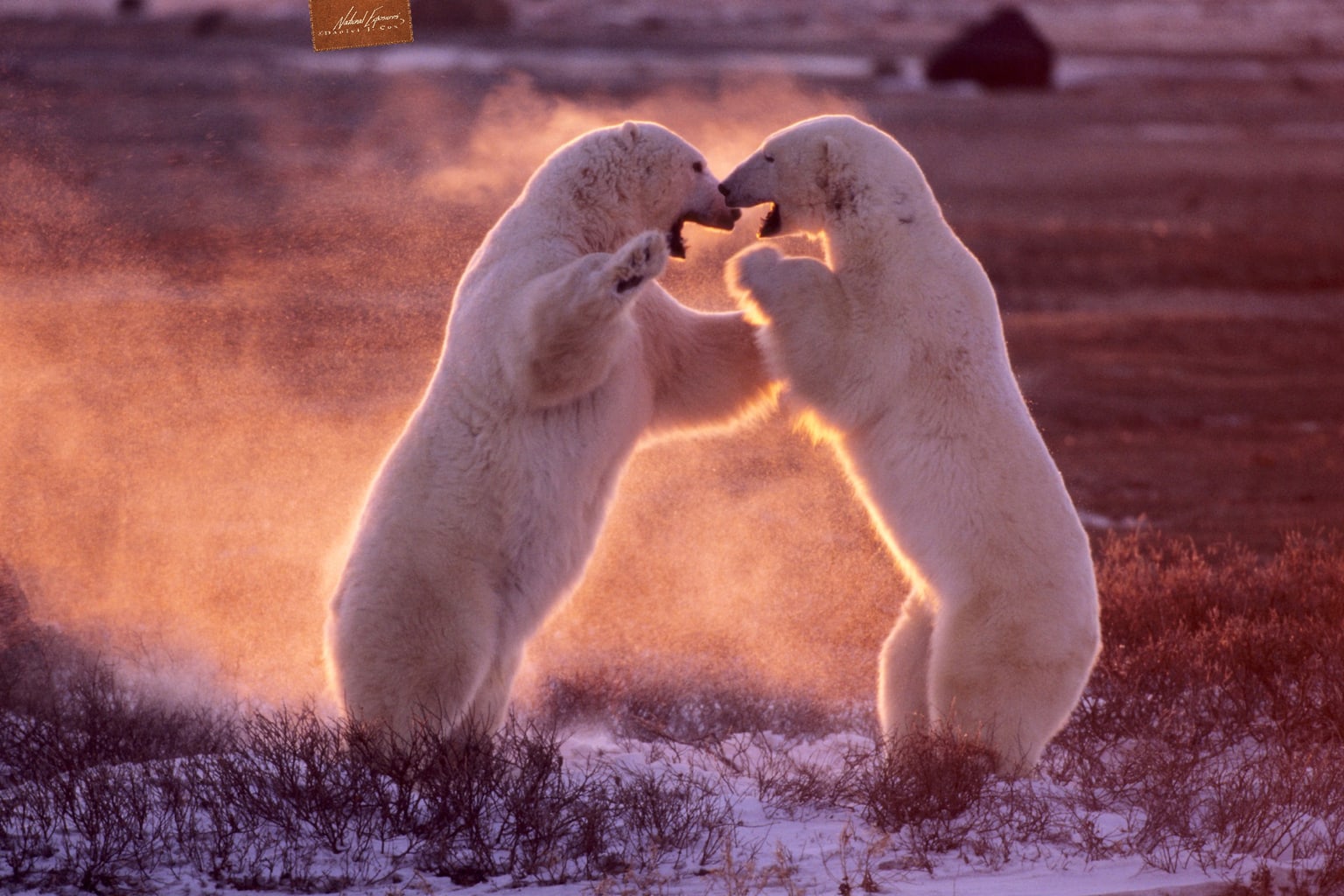
Photo by Daniel J. Cox.
Can you tell us about your Arctic Documentary Project?
DC: The Arctic Documentary Project (ADP) was an idea I came up with sometime around 2006. I had just returned from a shoot in the high arctic, and I was feeling the pain of the fast deteriorating stock industry. I mentioned to my friend, Robert Buchanan, who was CEO of Polar Bears International at the time, that the days of me being able to donate my work were coming to an end. There was just no way I could continue traveling to the arctic without funding. The gravy days of stock were behind us, and stock sales could no longer subsidize my pro bono work for conservation. But with that disheartening news, I also asked him about a plan I had, tentatively called the Arctic Documentary Project. The idea would be for me to raise money under the nonprofit umbrella of Polar Bears International. PBI would set that money aside for paying the costs of my trips to the far north. The idea would consist of me still working on a pro bono basis, but the ADP would pay for my expenses. He loved the idea, and the rest is history.
The ADP’s goal is to document the land, the animals, and the cultures that make the arctic their home. Global warming and climate change are happening faster in the Arctic than in any other place on the planet. Documenting the changes in the arctic is an essential step to help people understand that global warming is real, it’s happening now–and will eventually affect life as we know it around the globe.
Daniel J. Cox
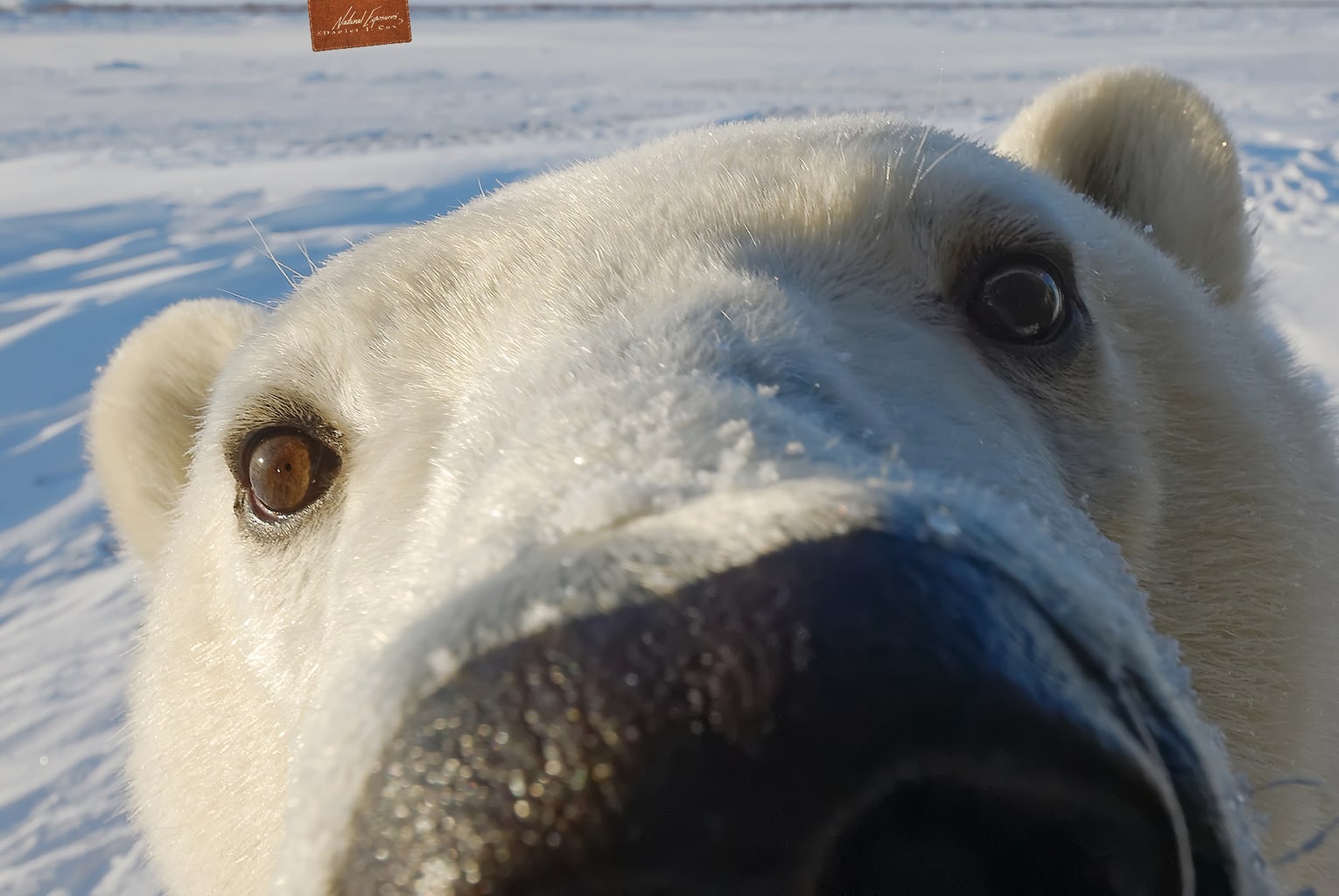
I was looking at your site and saw this image. Do you use remote cameras? If so, what’s your setup? If not, how do you achieve your close ups?
DC: This image was shot from a cage using a remote camera on what is known as Buggy One. Buggy One is the Tundra Buggy donated to Polar Bears International by Frontiers North Adventures. It started off as a remote streaming platform in the mid 90’s and today is used as a mobile broadcast studio that brings the Subarctic tundra into classrooms and homes around the world. We often use Buggy One to capture still photos and video for PBI’s outreach efforts.
On a related Buggy One note, Lego toys is considering offering a Lego version of Buggy One. To get an authentic Lego toy produced they require that a new idea be voted on via their website.
For all readers of this post, Polar Bears International would be grateful if everybody takes the time to go to this link and vote for Buggy One. You need to create an account and click the Support button in the upper right hand corner of the page. Buggy One needs almost 4000 more votes. Your help is greatly appreciated.
I’m only starting to explore the use of remote cameras. I know I’m a bit late to that game but better late than never. Using cameras at close range is a tricky affair and can often lead to wildlife harassment so I’m very careful about using them sparingly and only in the right circumstances. Many of my close to the ground, low angle views of polar bears were shot using a monopod and remote trigger back in the 90’s.

What PhotoShelter tools do you use most often and how do you use them? I would love to understand more about your workflow and approach to archiving your work.
DC: The main tools we use in PhotoShelter include the Lightbox and Galleries. When selecting images for a client we create lightboxes. For adding new work we create galleries that live on our Photo Archive home page.
Regarding my workflow process, everything I’m going to mention will sound very strange since many of my workflow tools are unconventional. But keep in mind I was recently awarded the 2022 TrailBlazer Award from the North American Nature Photographers Association (NANPA), so I guess I’m officially atypical.
My workflow consists of several pieces of software. The most important being a little-known program called Mylio. Mylio’s most notable feature is its ability to sync my entire 1.3 million image library across ten different devices. Two of those devices, both with 70TB Drobo NAS units attached, hold all my originals, and they automatically back each other up. The other eight devices, including my 256gig iPhone, have all 1.3 million images in previews or thumbnails. If I need the original RAW file, I can quickly call it over to any of my devices as long as the iMac or Mac Mini is on and running Mylio. I ingest all stills and videos at the same time using Mylio. Each file, both stills, and video, receive a file number on import, and video files live alongside the stills. It’s super fast and efficient for importing. If I’m working on a video project, I can easily tell Mylio to show me all videos, allowing me to Export those files to add to Final Cut Pro. It’s quick and efficient.
Along with Mylio’s sync capabilities, it’s also the only program I’ve found that can handle a catalog of 1.3 Million images. I originally started with Apple’s Aperture, then migrated to Lightroom. Unfortunately, LR couldn’t handle that many photos in one catalog. That may have changed, but Mylio’s Sync capabilities stop me cold from trying anything else.
My second piece of software is Photo Mechanic. I use PM to cull my initial shoot quickly. I’m also able to mark the folders with colored tags, allowing me to easily track the images I’ve looked at and decided to keep or reject. PM is also the most efficient way to caption and keyword all my pictures.
Finally, my RAW processor of choice is DXO PhotoLab. Although PhotoLab is an essential tool, it’s only necessary for about twenty percent of my work. Mylio handles most RAW processing for my Blog and Social Media. I take images into PhotoLab that I’m processing for traditional publications, fine art prints, and anything I may have missed the mark on technically. PhotoLab cannot add or remove elements that weren’t there in the original scene. Authenticity is paramount in my mind, and I’m happy to say I don’t use Photoshop, nor do I even know how layers work. Call me a dinosaur, and I’ll take that as a compliment.
Finally, all my work in the video realm is with Final Cut Pro. Like my stills, authenticity is essential, so I’m not doing anything fancy within FCPX.
All of the above is the process that takes me to the final step of getting pictures to my PhotoShelter online searchable database. My office manager checks all files for keywords and captions, then uploads the photos to my Newest Work folder.
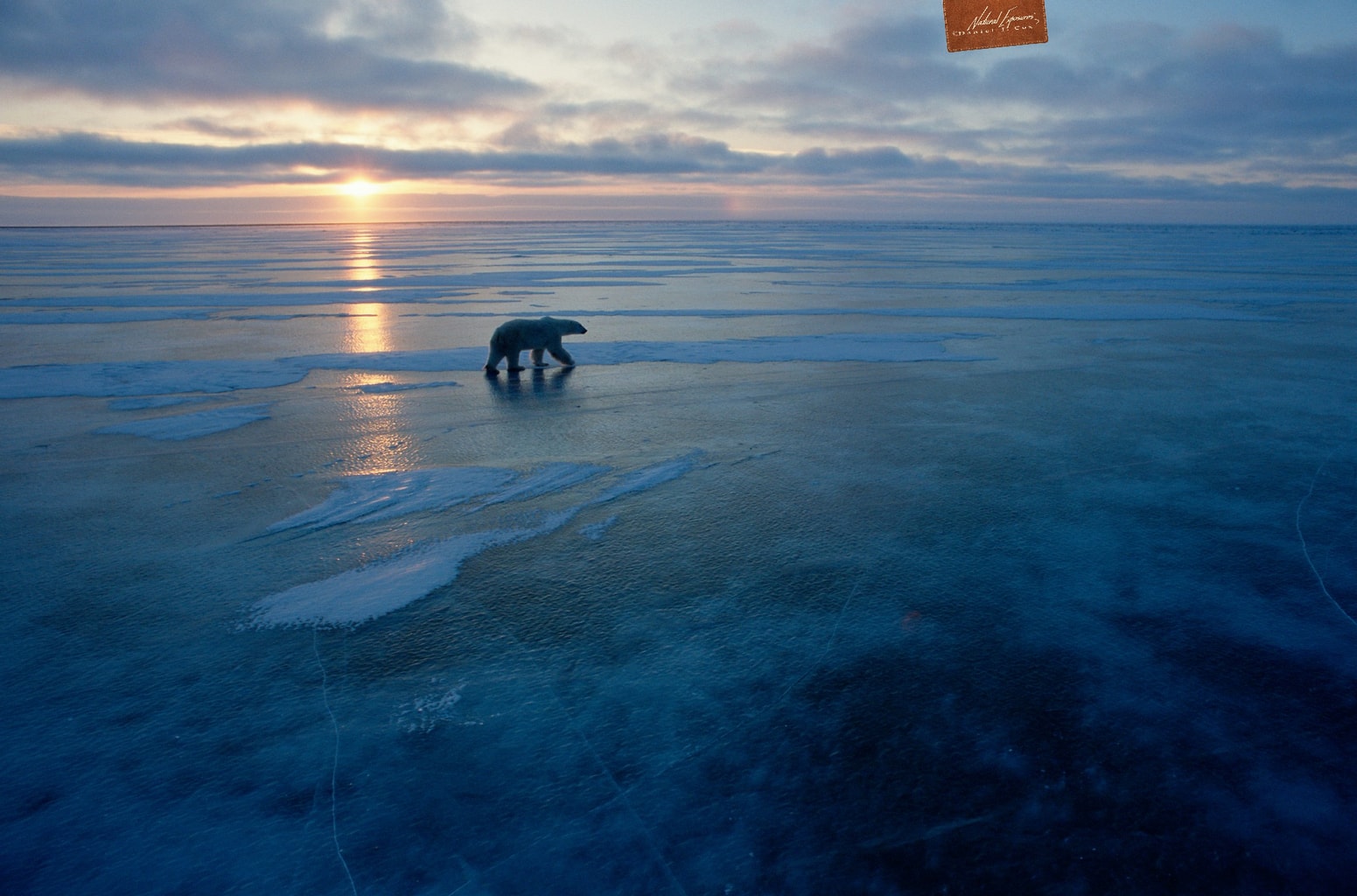
It looks like you’ve been photographing polar bears for years. Can you share a bit about your process for editing and refining that work?
DC: Yes, I’ve been photographing polar bears for a very long time. Like most photographers, my technique and vision have improved over those many years. To quickly find the most compelling images, I use the star rating system in Mylio. Like other programs, Mylio uses the 1-5 star rating process. One Star identifies absolute junk. Two stars are for the people I shoot on our photo tours so I can quickly find them to give to our guests. Three stars is a perfectly good photo that may not be an award winner but are quality enough to make our PhotoShelter online searchable database. Four stars are relatively special, and five stars are exceptionally unique. Using the industry star rating system gives me and my staff the ability to sort through the best images very quickly.
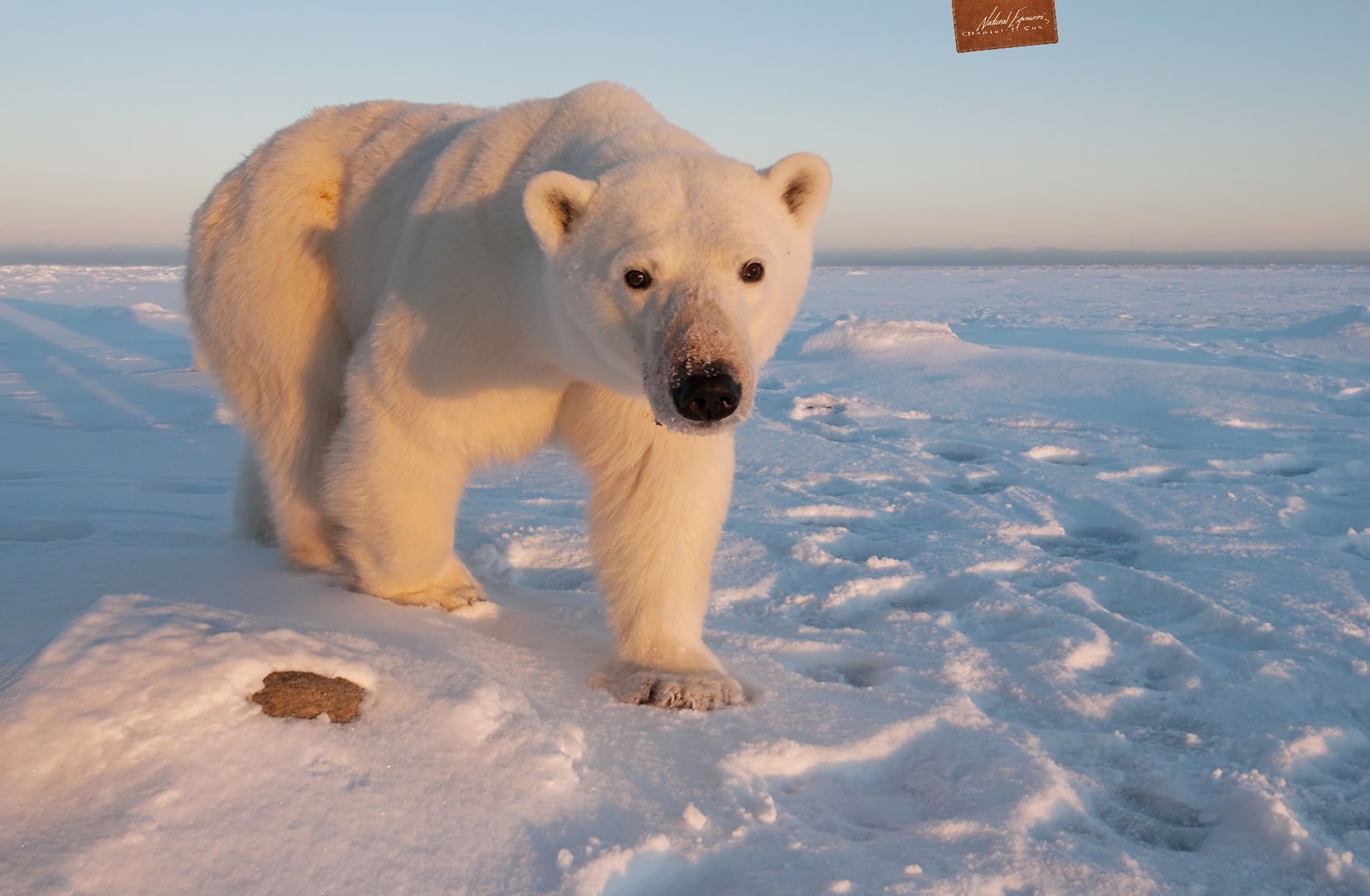
Photo by Daniel J. Cox.
What cameras are you using these days?
DC: So when it comes to camera gear, I’m afraid my reputation as a trailblazer once again shines through. I shot Nikon cameras for over 35 years, but I started experimenting with Micro Four Thirds mirrorless cameras approximately ten years ago. I began with the Panasonic Lumix system but eventually moved almost entirely to the new Olympus equipment.
There are several reasons I prefer the Micro Four Thirds system. Number one is the Olympus 150-400mm F/4.5 zoom lens. I honestly believe it’s the best thing to happen to wildlife and nature photography since the invention of the 35mm camera. The zoom range on this lens, equivalent to 300-800mm at F/4.5, is a game-changer for wildlife and nature photography. This lens, along with the smaller camera bodies and industry-leading image stabilization, makes Micro Four Thirds my system of choice.
Additionally, the smaller form factor of the Micro Four Thirds system fits well with my belief that less is more. Gone are the days of needing to carry and pay for the massive lenses I shot years ago. If Micro Four Thirds couldn’t deliver professional results, I wouldn’t be able to think this way. But the quality of these cameras is superb, and the lighter, smaller form factor is a serious advantage when working with wildlife.
As the world has changed, so have the realities of what’s essential for creating my work. I can’t justify paying $13,000 for a 600mm F/4 when nature images sell for pennies on the dollar? I’m grateful for Panasonic and Olympus thinking outside the box, giving me smaller, lighter, less expensive equipment to produce my work.
You can find more of Daniel’s work and get information about his photo tours on his website. Plus, follow him on Instagram @danieljcoxne.


